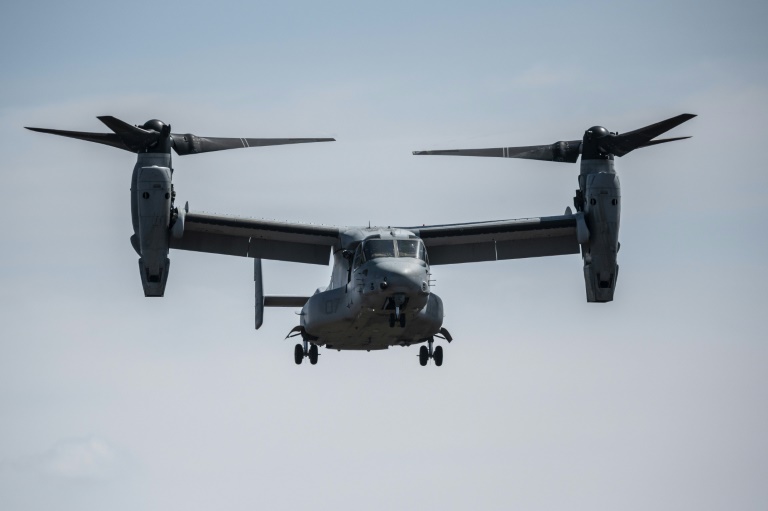Israel’s deadliest ever war in Gaza, sparked by the October 7 Hamas attacks, entered its second month Tuesday as Prime Minister Benjamin Netanyahu stressed there would be no ceasefire until the militant group releases its 240 hostages.
Netanyahu also said Israel would assume “overall security” in Gaza after the war ends, while allowing for possible “tactical pauses” before then to free captives and deliver aid to the besieged territory of 2.4 million people.
The Gaza death toll has soared above 10,000, mostly civilians, said the Hamas-run health ministry, as UN Secretary-General Antonio Guterres warned that the war-torn coastal strip was becoming a “graveyard for children”.
Israel has vowed to destroy the Islamist militants over their unprecedented attack which claimed 1,400 lives in Israel, including entire families slain inside their homes and young people killed at a music festival, according to Israeli officials.
Israel has since relentlessly hammered targets in Gaza with more than 12,000 air and artillery strikes and sent in ground forces that have effectively cut the strip in half, with soldiers and tanks tightening the encirclement of Gaza City.
The Israeli army said Monday that in the latest battles its “troops secured a military stronghold belonging to the Hamas terrorist organisation in the northern Gaza Strip. Anti-tank missiles and launchers, weapons and various intelligence materials were located in the compound by the troops.”
A fighter-jet had hit a cell of about “10 terrorists” and dozens of Hamas mortar shell launchers were also struck overnight, it said.
The suffering in Gaza has been immense, with entire city blocks levelled and bodies in white shrouds piling up outside hospitals where surgeons have had to operate on bloodied floors by the light of their phones.
“These are massacres,” said one bereaved Gaza resident, Mahmud Meshmesh, in Deir al-Balah in central Gaza, looking at the devastation of yet another strike that left bodies buried under rubble and debris.
“They destroyed three houses over the heads of their inhabitants — women and children.”
Israel has air-dropped leaflets and sent text messages ordering Palestinian civilians in northern Gaza to head south, but a US official said Saturday at least 350,000 civilians remained in the worst-hit areas.
Military analysts warned of weeks of gruelling house-to-house fighting ahead in Gaza, from which Israel withdrew in 2005 and where it launched its last land incursion in 2014.
“Hamas has had 15 years to prepare a dense ‘defence in depth’ that integrates subterranean, ground-level and above-ground fortifications,” said Michael Knights of the Washington Institute think tank.
The group’s defences also include “potential minefields, improvised explosive devices, explosively formed penetrator anti-armour mines, and buildings rigged as explosive booby traps,” he said.
The operation is hugely complicated for Israel because of the hostages, including very young children and frail elderly people, who are believed to be held inside a tunnel network spanning hundreds of kilometres (miles).
Israel’s top ally the United States has backed it in its war on Hamas but also urged restraint and facilitated some aid deliveries and the flight of several hundred refugees with second passports through the Rafah crossing with Egypt.
In a stern warning to Israel’s other regional enemies not to enter the war, it has deployed two carrier strike groups, and sent Secretary of State Antony Blinken on a Middle East tour of crisis diplomacy.
The Pentagon said Monday a US nuclear-powered Ohio-class submarine was also in the Middle East to help prevent the war from widening, as militant groups from Lebanon to Yemen have repeatedly launched attacks at Israel.
Netanyahu, speaking to ABC News on Monday, stressed that the war would continue until Israel had restored overall control of Gaza.
“Israel will, for an indefinite period, … have the overall security responsibility,” he said. “When we don’t have that security responsibility, what we have is the eruption of Hamas terror on a scale that we couldn’t imagine.”
He stressed that “there will be no ceasefire — general ceasefire — in Gaza, without the release of our hostages.
“As far as tactical, little pauses — an hour here, an hour there — we’ve had them before.
“I suppose we’ll check the circumstances in order to enable goods — humanitarian goods — to come in or our hostages, individual hostages, to leave,” he added.
Israeli troops stationed near the Gaza border told AFP they felt proud to protect their country but also nervous as the war intensifies.
Stationed near Gaza, a 20-year-old soldier who could not be identified said he was “a bit scared to go” into Gaza because “you don’t know if you can come back alive”.
Around 30 Israeli soldiers have been killed in the offensive, the latest on Monday, according to a report from the UN Office for the Coordination of Humanitarian Affairs, citing Israeli sources.
Blinken on Tuesday landed in Japan for a meeting of G7 foreign ministers set to seek a common line on Gaza.
As the war rages on, Blinken has also discussed options for who will control Gaza after fighting ends.
In a visit to the occupied West Bank on Sunday, he suggested the Palestinian Authority under president Mahmud Abbas should retake control.
Abbas said the PA could return to power in Gaza in the future only if a “comprehensive political solution” is found for the Israeli-Palestinian conflict.
Pro-Palestinian and anti-Israel protest have been held around the world, with demonstrators voicing revulsion at the spiralling human suffering in Gaza.
In one of the latest demonstrations, hundreds of US Jewish activists peacefully occupied New York’s Statue of Liberty to demand a ceasefire an end to the “genocidal bombardment” of civilians in Gaza.
One of them, photographer Nan Goldin, said that “as long as the people of Gaza are screaming, we need to yell louder, no matter who attempts to silence us”.
AFP
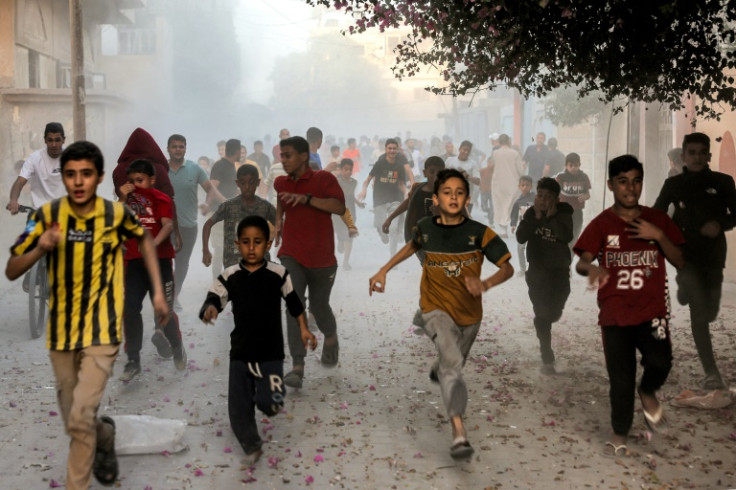
AFP
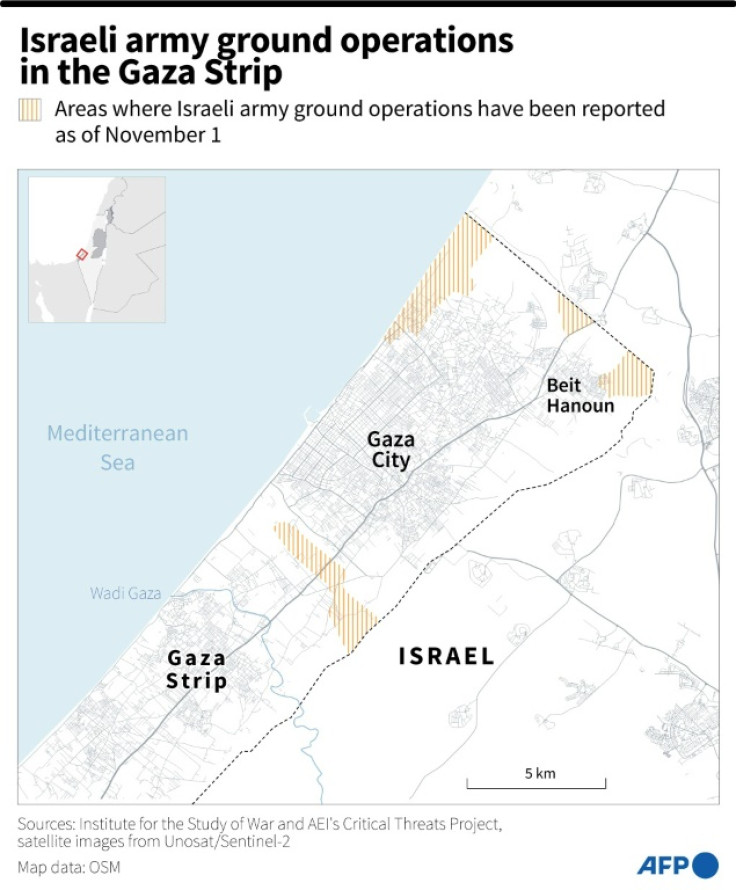
AFP

AFP

AFP
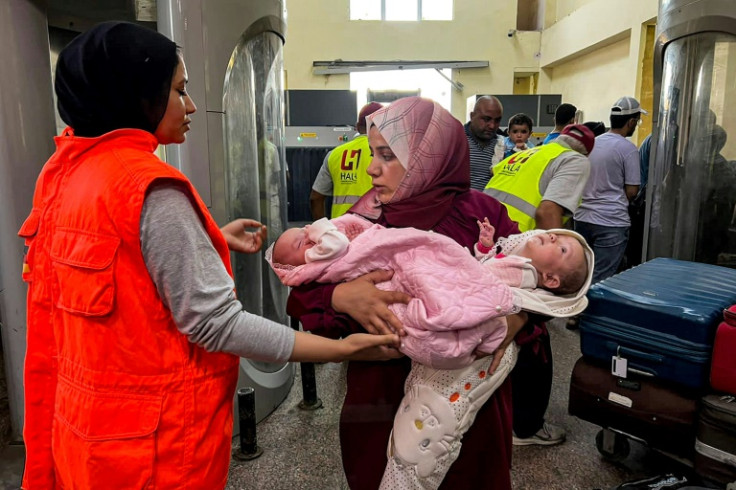
AFP

AFP
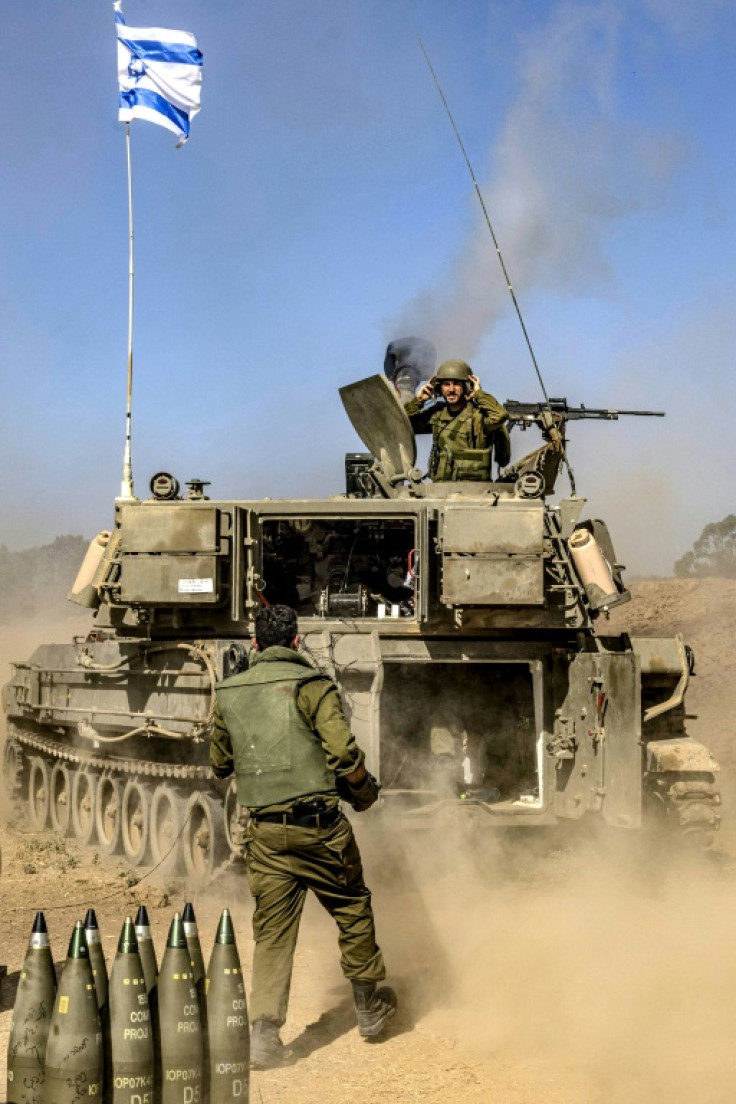
AFP




